Routes & Networks | CSAT Preparation - UPSC PDF Download
Introduction
Routes and networks pertain to the candidate's comprehension of the movement of goods, materials, people, animals, transportation systems, shipping methods, or communication networks. The data provided depicts the flow of these entities along with various conditions, often resembling a map. This chapter assesses the candidate's ability to analyze diagrams or networks of routes, ensuring that the correct origin and destination paths are followed. It evaluates the candidate's administrative and managerial skills in selecting the optimal and easiest route to accomplish their duties effectively and efficiently. Essentially, it involves solving problems related to finding the shortest path between two points in a graph, where the goal is to minimize the sum of distances between individual edges. This can be compared to finding the shortest route between two intersections on a road map, where the graph's vertices represent road segments, each weighted by its length.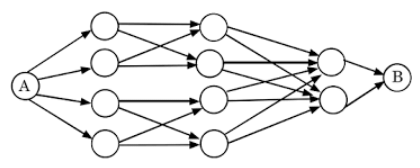
Following Points to be Kept in Mind
While Attempting the Questions Based on Routes & Networks:
- Create a visual representation, such as a diagram or network, incorporating arrows to indicate one-way and two-way routes with specific limitations.
- Identify and deduce all feasible routes and networks by carefully interpreting the given conditions and data. This requires thorough analysis and the ability to read between the lines to construct an accurate diagram.
- Once the diagram is successfully sketched, it becomes easier to comprehend and respond to questions related to the routes and networks.
- The diagram should be drawn with attention to detail, ensuring that the arrows clearly depict the direction of travel and any restrictions that may be in place.
- By visually representing the routes and networks, one can grasp the relationships and connections between various points, allowing for a more comprehensive understanding of the situation.
- It is crucial to consider all relevant information provided and take into account any implied constraints to construct an accurate and effective diagram.
- The diagram serves as a visual aid, enabling the observer to visualize the different possible paths and navigate through the network of routes.
- Drawing the diagram correctly is a significant step towards solving problems or answering questions related to the routes and networks, as it provides a clear framework for analysis.
- The process of deducing routes and networks requires both analytical thinking and creative interpretation of the given conditions, resulting in a comprehensive understanding of the overall system.
- The diagram acts as a roadmap, guiding the observer through the various interconnected routes and helping them make sense of the complex network based on the specific restrictions and guidelines provided.
Illustrations
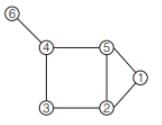
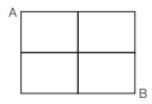
A person goes from A to B always moving to the right or downwards along the lines. How many different routes can be adopted?
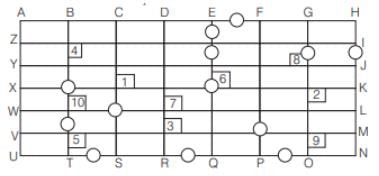
Which is the shortest route to reach from F to L?
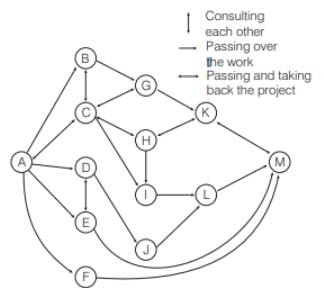
‘A’ is a project manager handling various project in the publication house, he handles a group of proofreaders for checking the project and finally handling it over to his Boss ‘M’
Q. If ‘A’ has to send the project to ‘M’ at atmost urgency, then which proofreader he should give the project for final check?

‘A’ is a project manager handling various project in the publication house, he handles a group of proofreaders for checking the project and finally handling it over to his Boss ‘M’
Q. If ‘A’ gives project to ‘C’, then how many persons may he consult before passing it to another person?
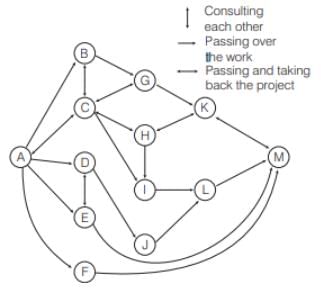
‘A’ is a project manager handling various project in the publication house, he handles a group of proofreaders for checking the project and finally handling it over to his Boss ‘M’
Q. If ‘A’ find too much flaws in the project and he wants it to be checked for maximum number of times whom should he handover the project?
|
209 videos|138 docs|138 tests
|
FAQs on Routes & Networks - CSAT Preparation - UPSC
| 1. What are the different types of routes and networks in transportation systems? |  |
| 2. How do transportation networks help in connecting different locations? |  |
| 3. What are the key factors to consider when designing transportation routes and networks? |  |
| 4. How do transportation routes and networks impact urban planning and development? |  |
| 5. How can advancements in technology improve the efficiency and effectiveness of transportation networks? |  |

















